Here, Kitty, Kitty: 10 Facts for Cat Lovers
Feline facts

Cats are known for their mysterious ways — and their ability to inspire countless Internet memes. Got questions about your favorite feline? Read on for 10 things you didn't know about cats.
Cats beat out dogs...
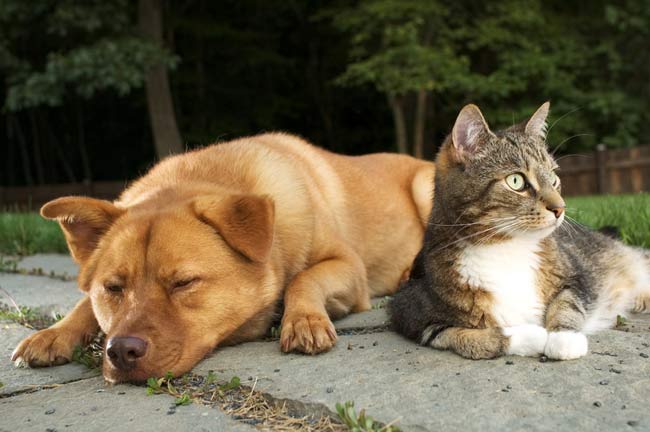
… In sheer numbers, anyway. According to the American Veterinary Medical Association, there were about 81,721,000 cats in U.S. households as of 2007; that's compared with 72,114,000 dogs. Just over 32 percent of households owned a cat, and the average cat owner had at least two felines.
By the way, cats and dogs can live together without causing mass hysteria. A 2008 study published in the journal Applied Animal Behavior Science found that if cats and dogs are introduced when the cat is under 6 months old and the dog under a year, the two species can coexist in peace. Interspecies clashes may be nothing more than a breakdown in communication, the study found. For example, averted eyes signal aggression in a cat and submission in a dog. The animals introduced early on seemed to understand each other's signals, the researchers found — almost as if they were bilingual.
They're clean drinkers

When you watch a cat lap up milk, you're watching a delicate process. Instead of scooping water into their mouths willy-nilly like dogs, a cat touches the tip of its tongue to the surface of a liquid, creating a column that stretches as it pulls its tongue back. Right before gravity overcomes the upward motion of the cat's tongue, sending the liquid crashing back down, the cat snaps its jaws shut, capturing a mouthful inside.
On every lap, domestic cats get about 0.1 milliliter of liquid. At four laps per second, that's 5 teaspoons (24 ml) each minute.
Watch out for the penis spines

Cats have a cringe-worthy feature on their genitals: hundreds of penis spines. No one is sure what purpose these millimeter-long spines serve, but they may improve sexual stimulation for the male, or perhaps prevent the penis from slipping out of the female's vagina during ejaculation. According to a 1967 study published in the journal Anatomical Record, female cats only ovulate after genital stimulation, so it's possible that penile spines play a role in ensuring ovulation.
Male cats spayed early, however, usually don't develop penis spines. That's because the spines grow in response to male hormones, or androgens. When a cat is castrated, their androgen levels plummet, and the spines either don't develop or shrink away.
Get the world’s most fascinating discoveries delivered straight to your inbox.
Fat cats

Humans aren't the only species with ballooning waistlines: Our pets are getting fatter, too. Around 54 percent of dogs and cats are overweight or obese, according to the Association for Pet Obesity Prevention (APOP). That comes out to about 50 million corpulent cats.
Most indoor cats get little sustained aerobic activity, according to the APOP, which means they need little in the way of calories. A typical 10-pound cat needs just 180 to 200 calories of food each day. (A cup of Friskies brand Signature Blend has 381 calories.)
They may not be as smart as dogs...

Despite their dignified carriage, cats may be dumber than dogs. A 2010 study published in the journal Proceedings of the National Academy of Sciences found that social species such as dogs have experienced greater brain growth over the last 60 million years compared with solitary animals such as cats.
A 2009 article in New Scientist magazine pitting research on cat smarts against findings on dog intelligence also came down in favor of the canines. Dogs were smarter in some domains and cats in others (felines have more expressive vocalizations, for example), but the tiebreaker came down to which animal was more useful. Given that cats can only catch vermin and dogs can sniff drugs, rescue lost hikers and even diagnose cancer, dogs were judged as the smarter of the two species. Of course, some might argue that securing a gig that allows hours of lounging in sunlight (punctuated by the occasional mouse-chase) is its own kind of intelligence.
... But cats are clever all the same
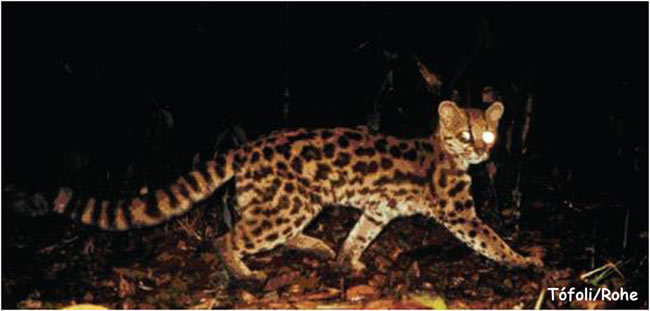
Dogs may have more active social lives, but don't discount the feline brain just yet. In 2010, Wildlife Conservation Society researchers recorded a wild cat mimicking the call of its prey — a small monkey. The Amazon-dwelling cat, called a margay, was seen making monkey noises near a group of pied tamarins. When the tamarins drew closer to investigate, the margay attempted an ambush.
In this case, one tamarin realized the ruse and saved the other monkeys with a warning scream. But the observation suggests that wild cats may be even wilier than expected.
Kitty memory: 10 minutes, tops
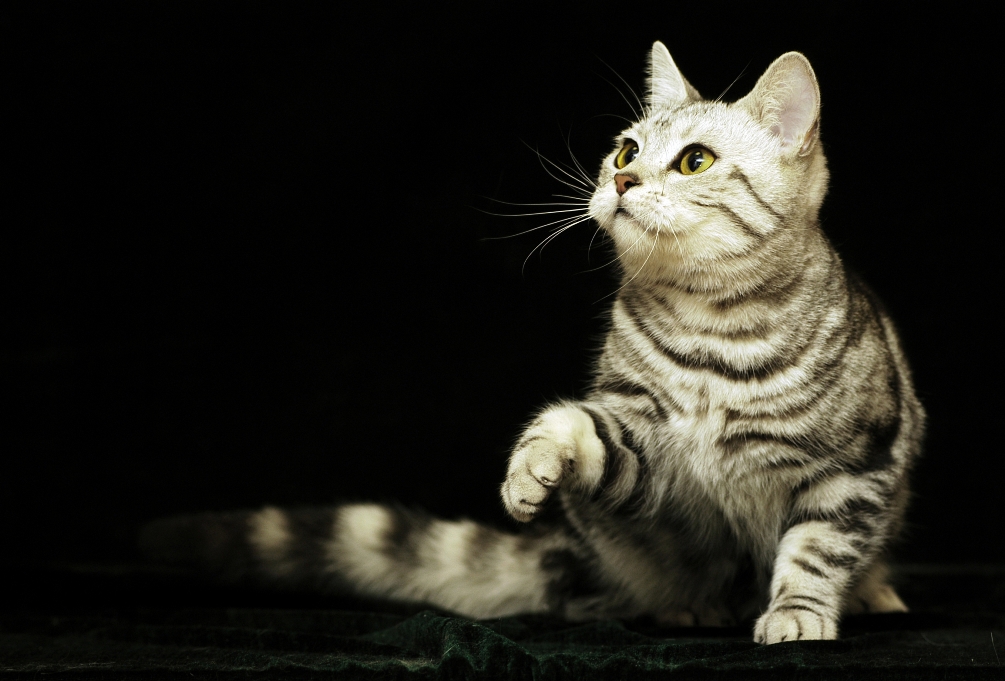
Cats remember obstacles in their environment for only about 10 minutes, according to a 2007 study. What's more, cats have better muscle memory than they do visual memory. When researchers stopped domestic cats after their front legs cleared a hurdle but before they lifted their back legs, the kitties only remembered to do a hind-leg high step if they got to start walking again within 10 minutes. When the cats saw the hurdle but were distracted from crossing it, they forgot it was there within seconds, the researchers found.
They're controlling your brain

It's true, cat-owners: Your kitty is in charge. Some cats have perfected a purr-cry that sends humans scuttling for the Fancy Feast. A 2009 Current Biology study found that humans find this mix of contentment and obnoxiousness hard to ignore. Cats tend to use this cry when they want food, the researchers found, and their owners get the message, judging the calls as more unpleasant and urgent.
Their parasites are controlling your brain, too
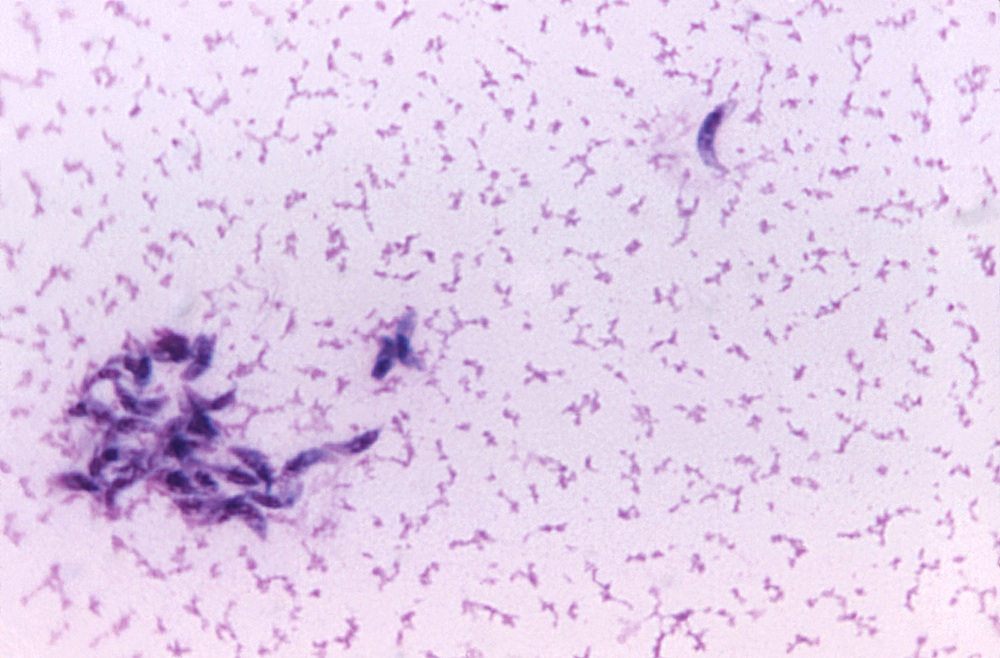
A cat parasite has the ability to manipulate entire human cultures, according to a 2006 study. The microbe Toxoplasma gondii is a mind-control master. It infects rats and makes them act reckless, hanging out in places where they're likely to get caught by cats. This works out well for the parasite, which can only reproduce in the feline stomach.
But Toxoplasma gondii's mind control also extends to humans: People living in countries with high T. gondii infection rates were more likely to be neurotic than people living in areas were infection rates were low, the 2006 study found. Neuroticism is a personality trait characterized by anxiety and insecurity. If enough people are infected (likely from contact with cats), the study researchers said, it's possible that T. gondii could shift the behaviors of entire cultures.
Global warming could mean more kittens
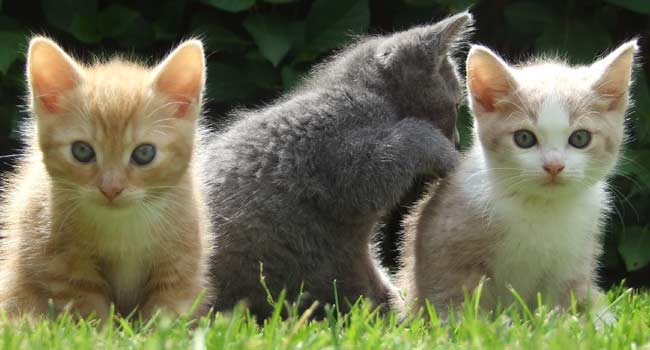
Of all the weird results of climate change, this one is probably the cutest: Warmer temperatures and shorter winters could lead to longer breeding seasons for cats. That's not great news for cats, however, because many of those kittens end up as strays.
In 2007, pet adoption organization Pets Across America warned that more and more kittens were popping up in shelters across the country, a trend they attributed to longer summers. Because cats are warm-weather breeders, shorter winters mean less of a lull between litters. The solution is simple, according to Pets Across America: Spay or neuter your cat, and they won't contribute to kitty overpopulation, regardless of season.

Stephanie Pappas is a contributing writer for Live Science, covering topics ranging from geoscience to archaeology to the human brain and behavior. She was previously a senior writer for Live Science but is now a freelancer based in Denver, Colorado, and regularly contributes to Scientific American and The Monitor, the monthly magazine of the American Psychological Association. Stephanie received a bachelor's degree in psychology from the University of South Carolina and a graduate certificate in science communication from the University of California, Santa Cruz.
